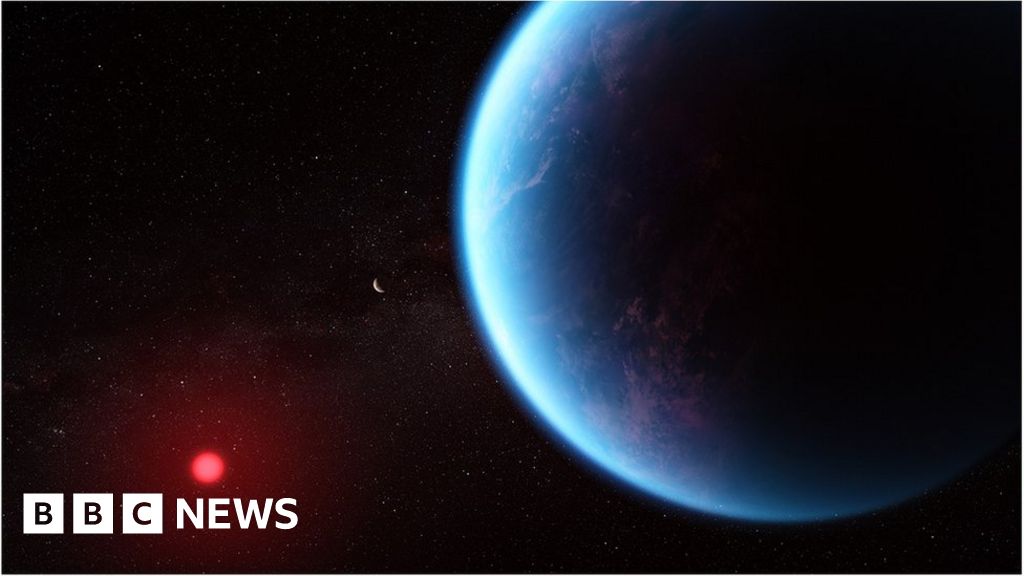- cross-posted to:
- [email protected]
- [email protected]
- cross-posted to:
- [email protected]
- [email protected]
Nasa’s James Webb Space Telescope may have discovered tentative evidence of a sign of life on a faraway planet.
It may have detected a molecule called dimethyl sulphide (DMS). On Earth, at least, this is only produced by life.
The researchers stress that the detection on the planet 120 light years away is “not robust” and more data is needed to confirm its presence.
Researchers have also detected methane and CO2 in the planet’s atmosphere.
Detection of these gases could mean the planet, named K2-18b, has a water ocean.
Prof Nikku Madhusudhan, of the University of Cambridge, who led the research, told BBC News that his entire team were ‘‘shocked’’ when they saw the results.
“On Earth, DMS is only produced by life. The bulk of it in Earth’s atmosphere is emitted from phytoplankton in marine environments,” he said.
But Prof Madhusudhan described the detection of DMS as tentative and said that more data would be needed to confirm its presence. Those results are expected in a year.
‘‘If confirmed, it would be a huge deal and I feel a responsibility to get this right if we are making such a big claim.’’
It is the first time astronomers have detected the possibility of DMS in a planet orbiting a distant star.



Too bad it’s 9 times the size of the earth (I don’t know what it’s mass is) so likely not suitable for humans. Still finding life outside earth would be absolutely incredible, and I agree, the most historic discovery of humankind